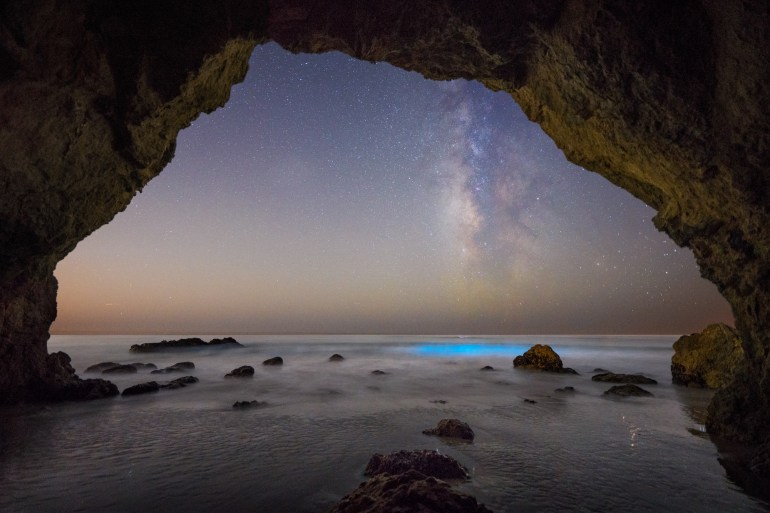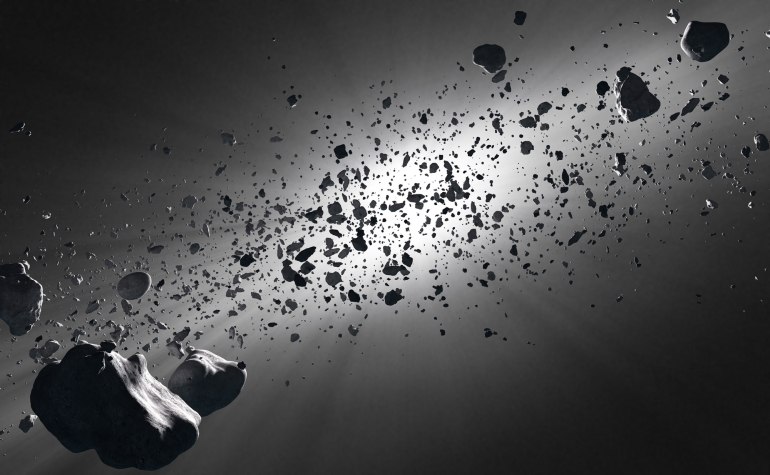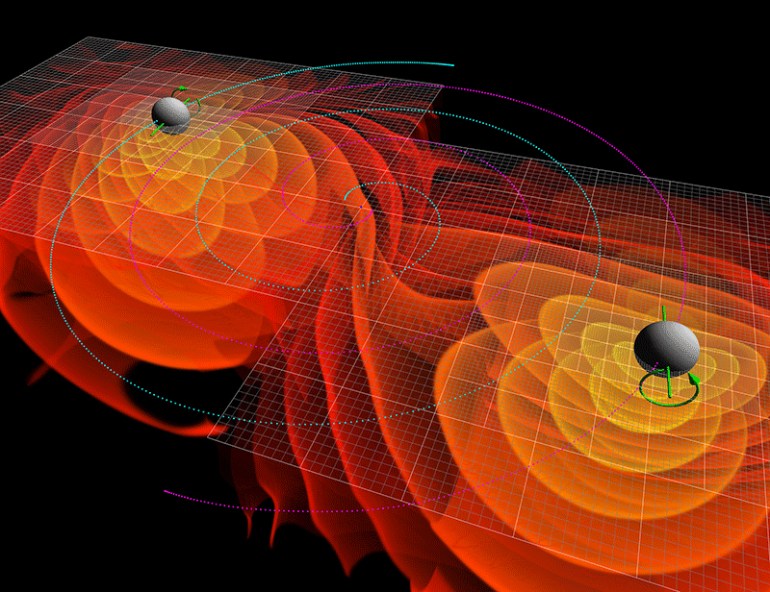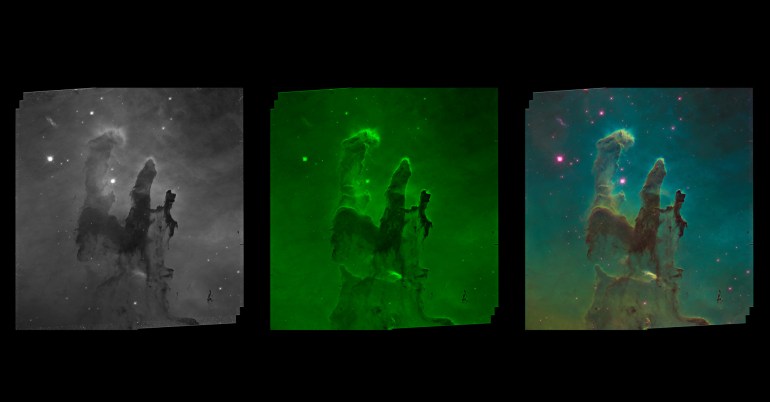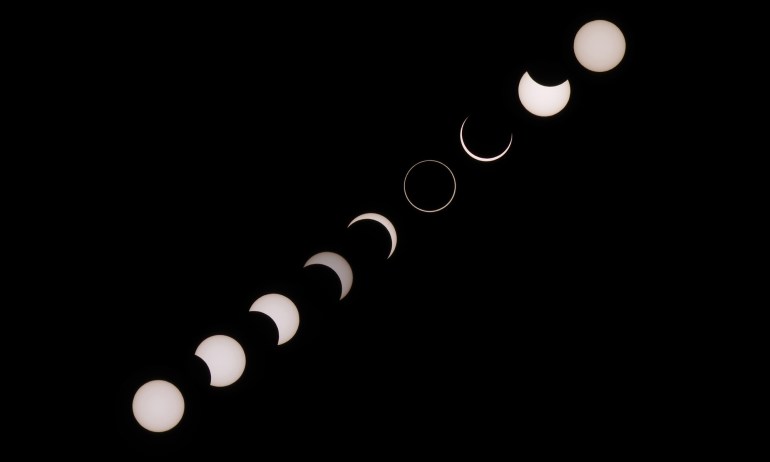
Science
5 1/2 reasons you shouldn’t miss the solar eclipse, straight from an over-the-moon astrophysicist
Here’s why should stop what you’re doing and look up at the sky on August 21, according to astrophysics researcher Jedidah Isler.

